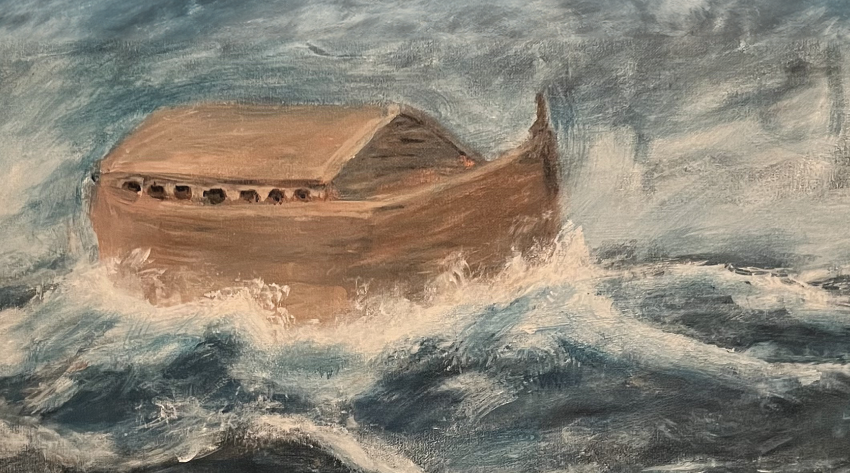
Culture does a great job of imagining the size and shape of the imagined lion and shows us, like Tarzan in the 1940s movies, how we are going to defeat the lion with our own bare hands. What culture does do is reduce our anxiety about anxiety (such as a sanctuary accomplishes). This reassurance can, in turn, lead us to a constructive metabolism of the anxiety. It can, on the other hand, lead us astray. We believe that we really have identified the lion and its true intent. And we have identified the Tarzan-like person, group or policy that will defeat or at least adequately defend us against the attacking lion.
This first set of proposals regarding how anxiety is contained can be supplemented by many other side-strategies of containment – such as keeping the anxiety from spreading to other factions inside or outside the organization and recognizing that specific anxiety-reducing services should be provided to members of the organization (such as provision of employee assistance programs) or to the entire organization (such as an organization-wide picnic or award ceremony). More generally, containers provide direction for how anxiety will get addressed on a daily basis in the organization. This is where culture plays a key role.
Menzies Lyth (1988) suggested that anxiety gets addressed on a daily basis through the “social defense system”—that is, the patterns of interpersonal and group relationships that exist in the organization. Other organizational theorists and researchers, for example Deal & Kennedy (2000) and Schein (1992), similarly suggest that the rituals, routines, stories, and norms (implicit values) of the organization help members of the organization manage anxiety inside the organization. Yet, these rituals, routines, stories and norms are not a random assortment of activities. Rather, they cluster together and form a single, coherent dimension of the organization—they create meaning as well as contain anxiety. This single, coherent dimension resides at the heart of the organization’s culture.
As Edgar Schein has noted, the culture of an organization is the residue of the organization’s success in confronting varying anxiety-producing conditions in the world.[xviii] To the extent that an organization is adaptive in responding to and reducing pervasive anxiety associated with the processes of organizational learning and related functions of the enterprise, the existing cultures of this organization will be reinforced, deepen and become increasingly resistant to challenge or change.
It is in this way that organizational culture and organizational containers produce the most effective solutions for addressing the anxiety and sources of anxiety facing the organization. And it is the organization’s leader who plays the critical role of creating and maintaining the container and providing the metabolism of the anxiety—and it is to this remarkable and perhaps mysterious metabolism that we will turn—but first a personal note.
Personal Reflections
We find Menzies Lyth insights to be particularly helpful in our own work with organizations that tend to generate considerable anxiety—either because of the nature of the work being performed or clients being served, or because of the challenges being faced by the organization in our VUCA-Plus environment. We find that anxiety is likely to high in educational organizations, prisons, asylums and medical facilities.
It is anxiety-provoking to be a student, prisoner, mental patient or medical patient. It is equally anxiety-provoking to be someone who is serving these men, women and children. We also find high levels of anxiety in organizations such as churches, high tech organizations and human service agencies that confront VUCA-Plus related matters on a daily basis.
All three of us are called on frequently to work with anxiety-filled organizations as an organizational consultant or leadership coach. We find that organizational culture plays a very powerful role in each of these organizations and have prepared many reports describing the nature and dynamics of these cultures for use by the leaders of these organizations.
It is clear to all three of us that organizational culture and leadership go hand and glove in seeking to contain anxiety and that the metabolism that often takes place (or doesn’t take place) is strongly influenced by organizational culture. With this final, personal observation in place, we turn to the nature and dynamics of organizational metabolism.
Download Article 1K Club


















